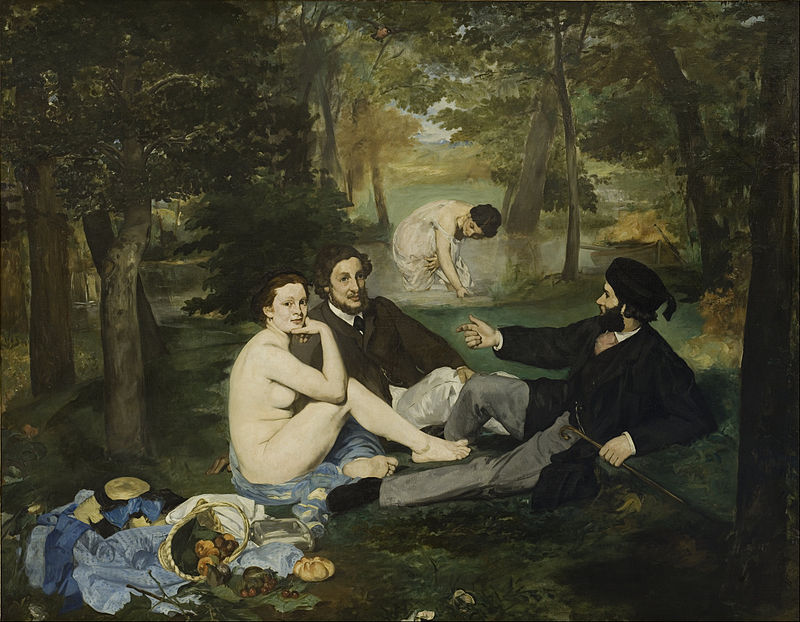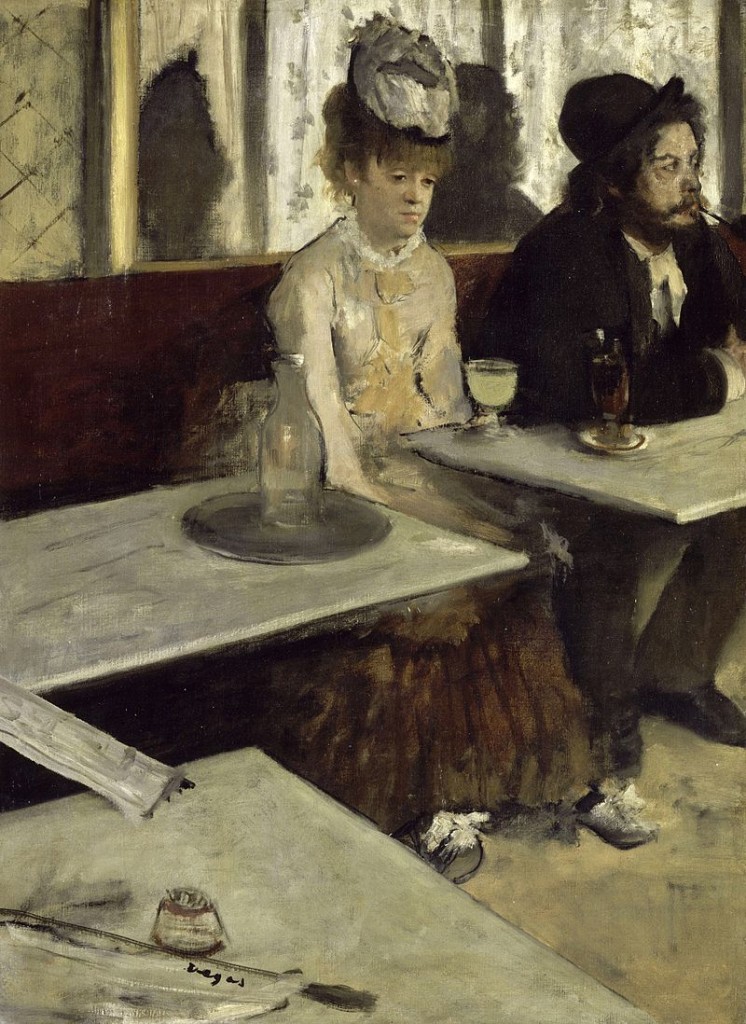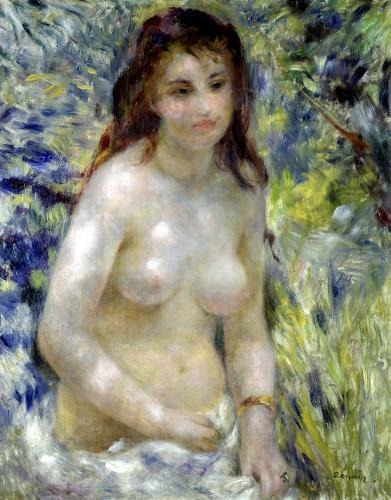
Impressionism101: All the Impressionist Art you need to see today!
Impressionism is important because it took the classical schools head on and faced stiff opposition. By daring to go against the norms, Impressionist maestros made it easier for subsequent artists to develop different movements as they made experimentation more acceptable. So, let us explore this delightful 19th century movement through five seminal works.
1. Impression, soleil levant (Impression, Sunrise)

Why include this one? Well, this is what started the movement. It is not sure if Monet knew this would lead to a new movement but one of the critics drew from the title and used the term “Impressionist” in a satirical manner to refer to these modern artists trying to break away from classical mould. However, the name stuck and we now use it in a much more reverential manner.
As for the painting, it depicts the scene of a sunrise on the horizon beyond the harbour. There are some distant, floating boats to be seen too. He deliberately presents a hazy portrayal instead of realistic detail to break away from the conventional practice and establishes a new style with loose brushstrokes. He also experimented with colours and brought out depth even with minimal colours by using a grey layer.
2. Le Déjeuner sur l’herbe (Luncheon on the Grass) by Eduardo Manet

Manet realized the potential of controversy much before the advent of electronic media. This scandalous masterpiece had two fully clothed gentlemen with two nude women in a leisurely setting, apparently having lunch outdoors. One of the women even directly stares out at the viewer in a seductive manner and the background lacks details compared to the human subjects. It was risqué enough to even enrage the liberal artist fraternity of Paris.
This painting further enhances the impressionist movement by introducing the use of photographic lighting, the kind of artificial, shadow-less lighting one could find in studios. Deliberately unfinished brushstrokes at parts are very much a part of impressionist technique but Manet breaks conventions not only through technique but also through the subject itself. The painting is larger than life despite its mundane topic and it also challenges viewers through the central figure to wonder about their own levels of acceptance.
3. L’Absinthe (The Absinthe Drinker) by Edgar Degas

One of the most definitive pieces depicting Parigot life, L’Absinthe depicts a woman and a man in a traditional Paris cafe, with a glass of absinthe on the table. The two people do not seem to be a couple. They are probably not related and are not interacting with each other. They are in fact looking in two different directions with morose and wooden expressions (although they were in fact based on real life people).
The painting was initially unpopular and even a target of moral brigade mainly because the real Bohemian person on whom the male figure is based did not enjoy a very good reputation. However, upon revaluation in modern times, it was considered an important addition to the impressionist oeuvre. It displays characteristic impressionist techniques and unconventional viewing angle where the main subjects are seated on the edge of the painting rather than at the centre. Beyond the technique and craft, it seemed to make a more important commentary regarding urban desolation in Paris during the time of high industrial growth. In that sense it must have been far ahead of its time because most of the world was yet to get urbanized at that point of time and so it is much more pertinent now than it was at that point of time.
4. Rue de Paris, temps de pluie (Paris Street; Rainy Day)

Caillebotte’s best known work, this painting depicts a street scene from Paris on a rainy day. There are people walking around through the broad streets and there are large buildings in the background. People are dressed fashionably in attires prevalent in those times the carefully realized “lighting” suggests winter season. They do not seem to be interacting or in a particularly cheerful mood but seem to be just walking hurriedly as one would often do on such a busy street. Unlike most other impressionist works, it received quick appreciation and remains a classic of the movement till date.
This painting somewhat differs from established impressionist techniques due to the use of clear lines instead of broad and light brushstrokes. But more importantly it is noted because of the painter’s deep interest in photography and his effort to represent photographic effect through painting. Like an average photograph, the painting is sharper in the middle while both the people in the foreground and the building in the background are a bit “out of focus”. This firmly establishes impressionism as a truly modern movement that did not shy away but draw from new technical advancements and inventions.
5. Nude in the Sun

Nobody could beat Renoir when it came to sensuous nudes. His works remain the most aesthetically seductive works of impressionist school and this painting represents the best of this series. This bewitching image shows a woman, completely nude in all her glory, out in the open. Shadows of other object have obscured the natural tone of the skin but Renoir’s choice of colours to depict the same once scandalized the classical critics.
This consistent ability to challenge conventional social as well as aesthetic norms of those times is the true success of impressionism. When we look back at it now, they may seem commonplace but at the time of their conception, these paintings shook the core of the society and paved the way for a brave new world.
